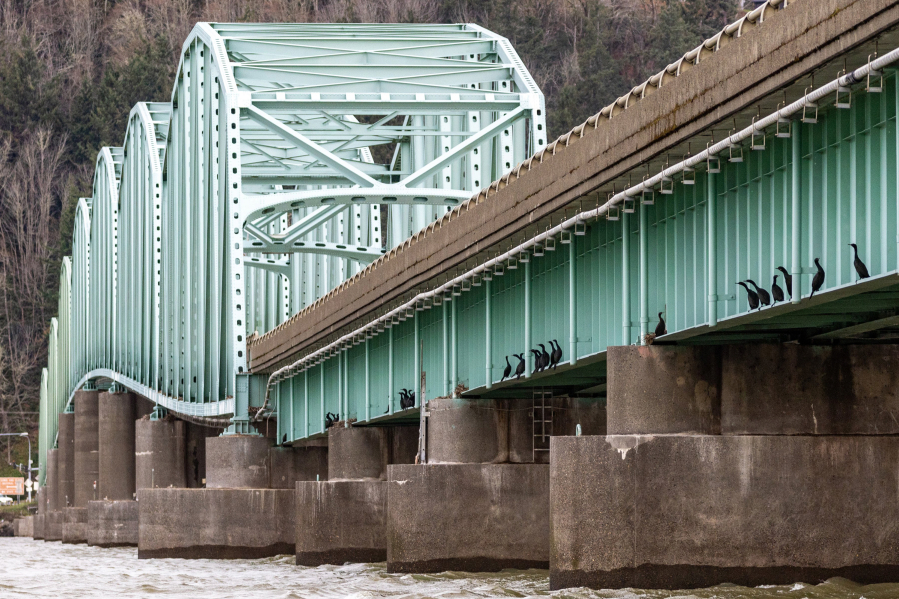White streaks of bird waste paint the steel trusses beneath the Astoria-Megler Bridge over the Columbia River. Every flat surface and hidey-hole of this bridge is stuffed and stippled with nests. Black birds roost on the girders, evenly spaced as beads on a string, then take wing: double-crested cormorants.
Pariahs wherever they live and roost, the birds have run into their most recent trouble here, on this bridge connecting Washington and Oregon.
It wasn’t always this way, not until the humans got involved. Every time people have messed with this cormorant colony, the situation has worsened — and the birds are in the crosshairs yet again.
They were chased out of their roost at East Sand Island eight miles downriver by the U.S. Army Corps of Engineers. At its 2013 peak, this was the largest double-crested cormorant colony in North America, with some 30,000 birds, more than 40% of the species’ population in the western U.S., according to the Corps.



